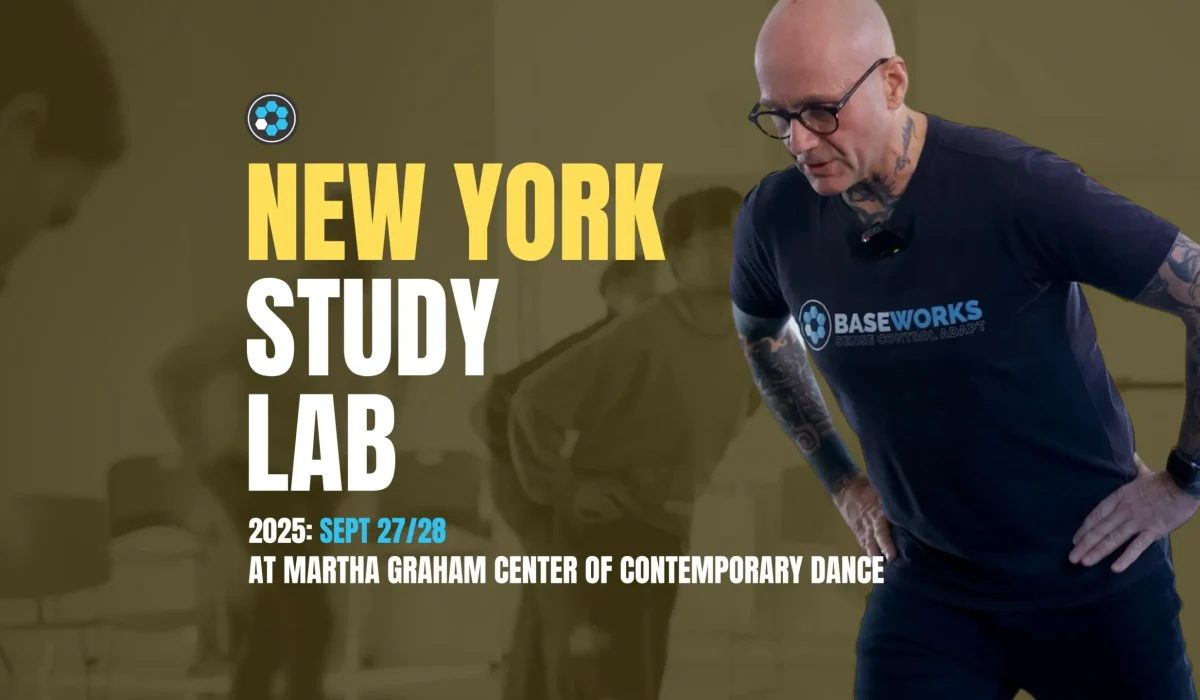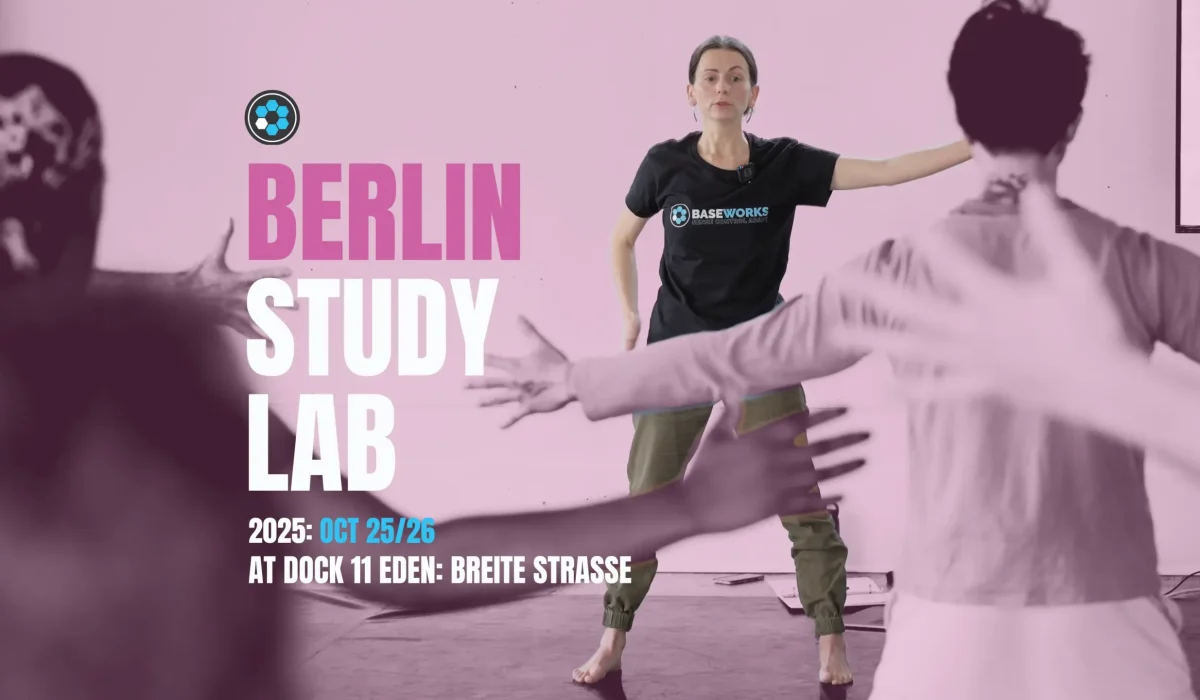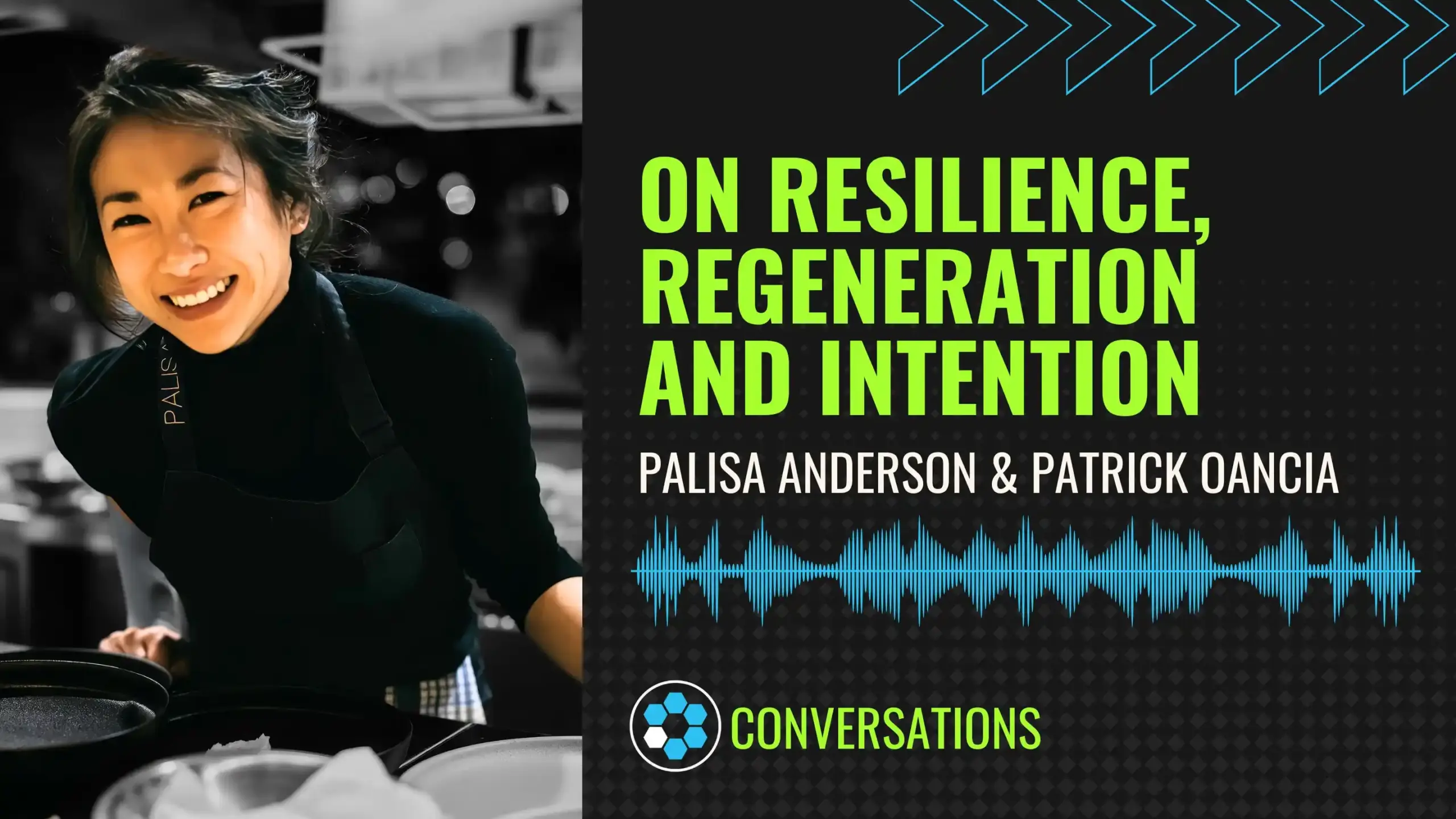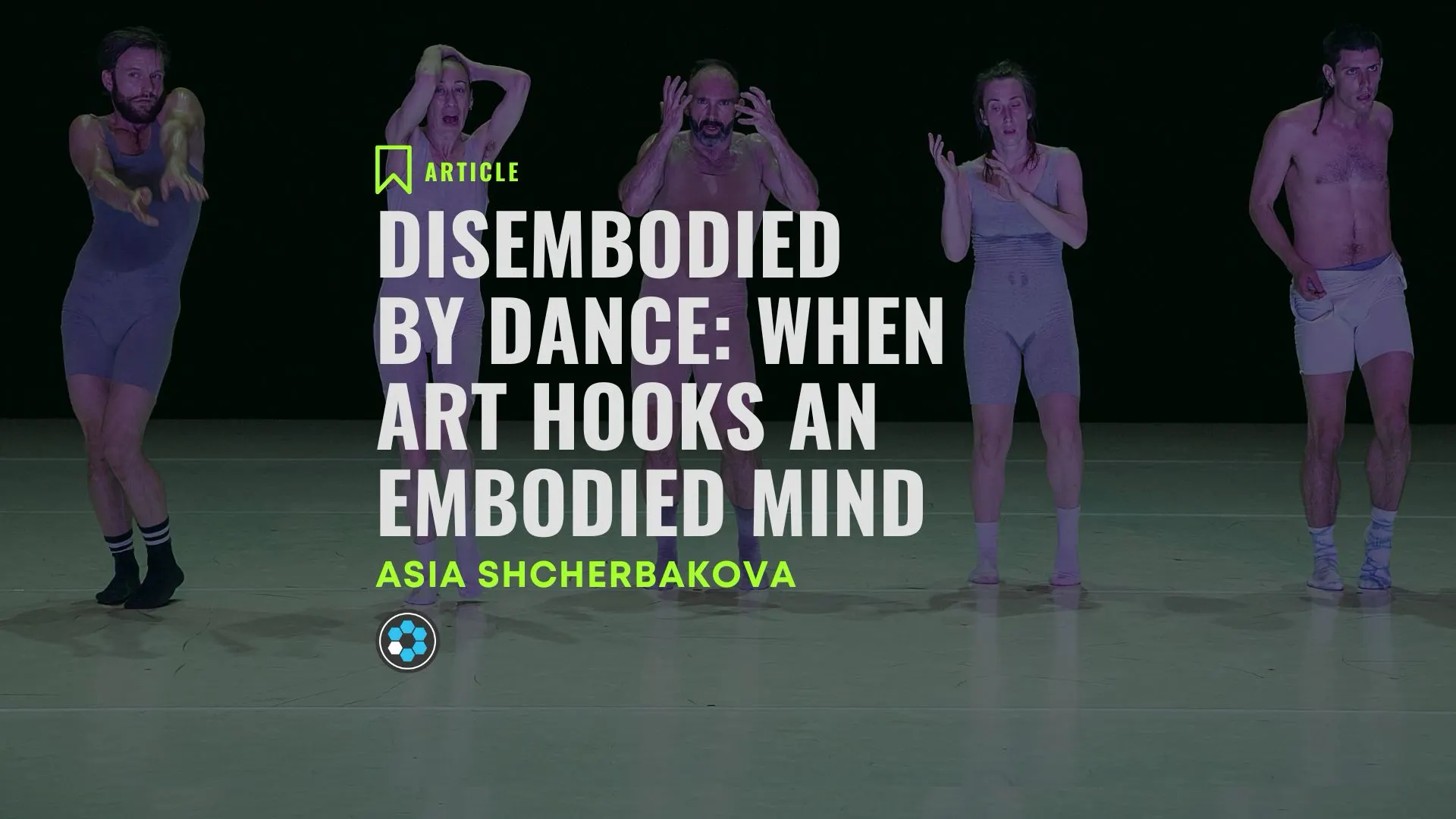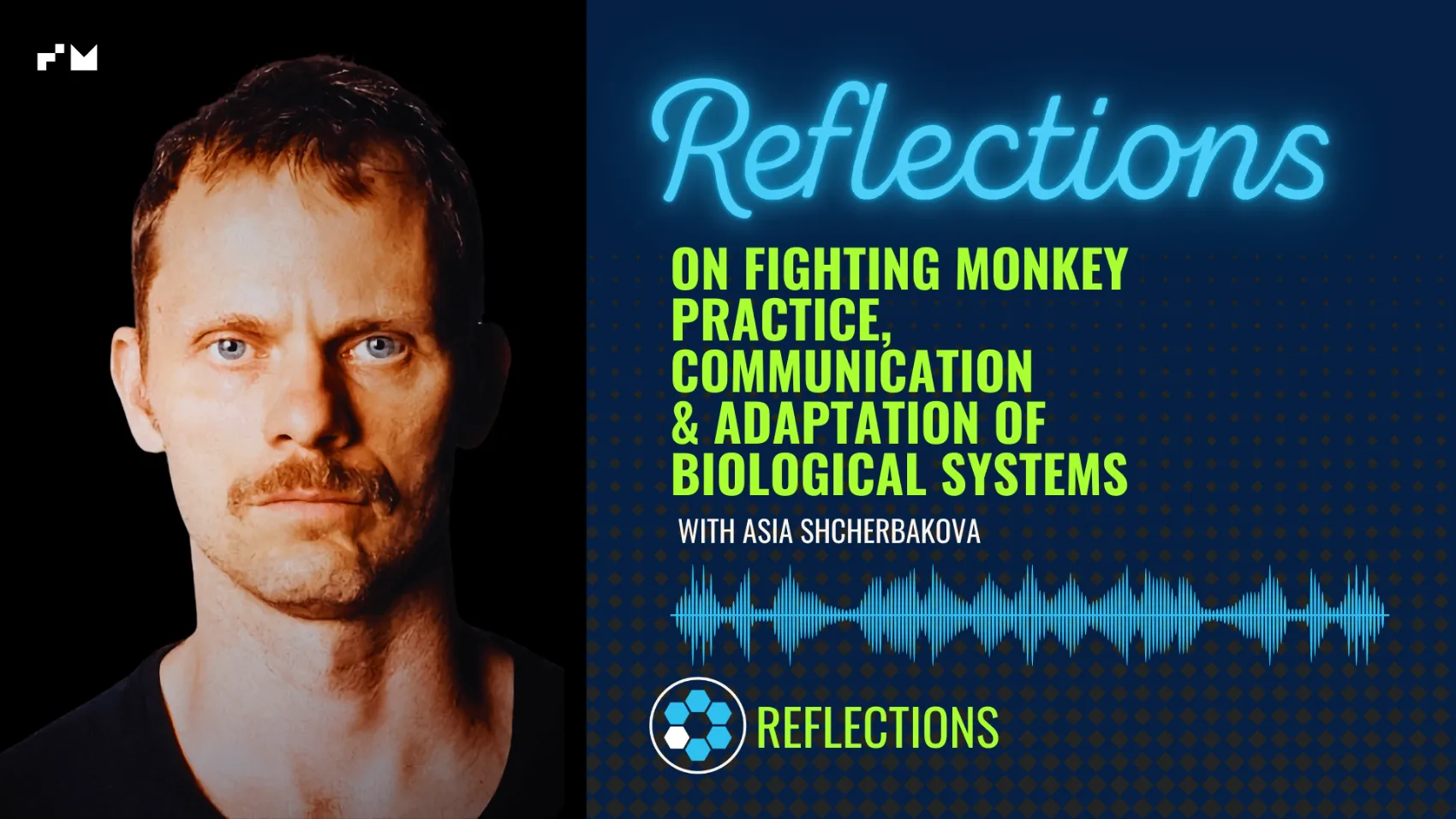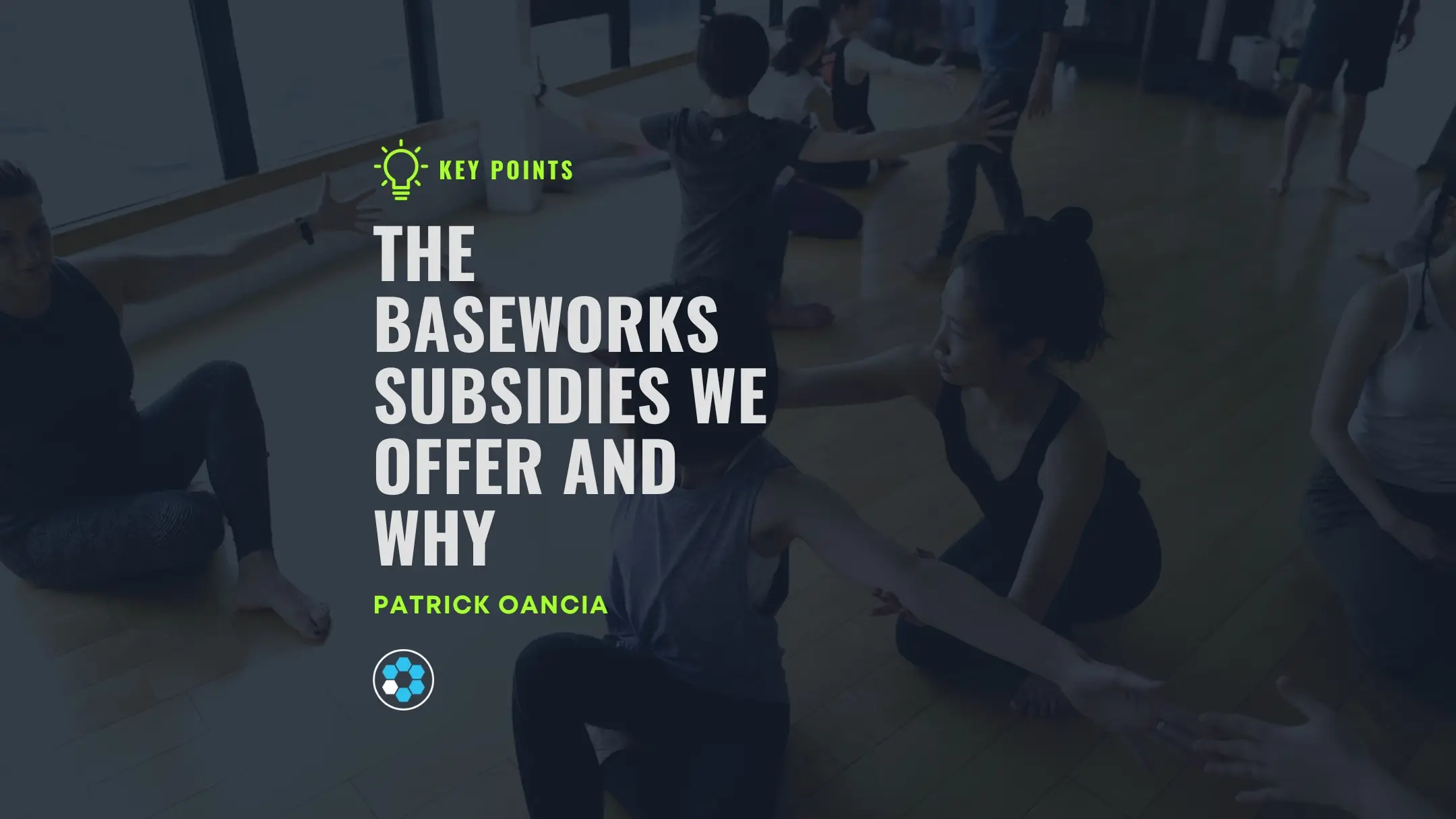14 WEEKS: 30 HoursCapacity: 20 participantsThis course continues looking at greater detail at the topics of Baseworks-relevant Anatomy, Physiology and Movement science.
Topics covered:
- Movement as a goal oriented behavior
- Input-Output model
- Movement Vocabulary: concepts and neuroanatomy
- Relationship between the Cortical map movement vocabulary and Cerebellar role in regulating movement; correlation with the 3 stages of learning.
- Voluntary motor control vs reflexes
- Techniques based on the manipulation of the spinal reflexes
- The neuron-muscle fiber interaction and relevant practical techniques
- Flexibility: from micro to macro level
- Human senses, receptors, labeled lines
- Understanding what different receptors are telling us in relation to injury prevention
- Body awareness: proprioceptive, interoceptive, spatial
- Stress, Hormesis, Allostatic load, HPA axis
- Predictive regulation
- ANS control hierarchy
- The problem with the common interpretation of the Sympathetic and Parasympathetic branches of the ANS
- an extended framework to look at ‘stress’ and ‘somatic interventions’
- Classification of meditative techniques
- Positive and negative effects of meditation
Baseworks Practice is structured into 4 modules with different physical prerequisites and learning objectives. All modules are taught in the same teaching methodology, ensuring a consistent learning experience.



